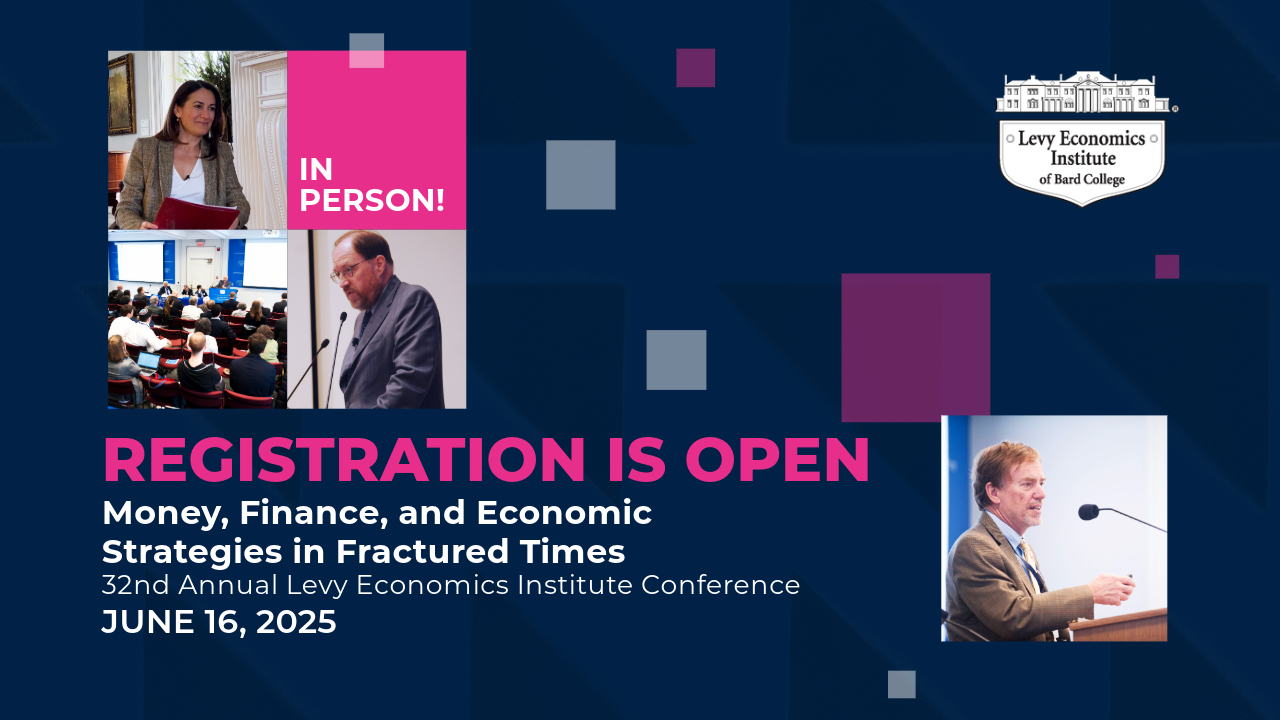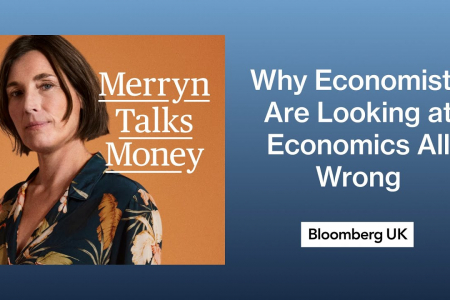Latest Publications
-
Policy Notes
April 21, 2025
Remembering Pope Francis’s Call for a Universal Basic Wage
-
Working Paper No. 1081
April 21, 2025
The Rise and Rise of Feminist Macroeconomics: Who’s Recognizing?
-
Policy Notes
April 21, 2025
Trump’s Tariffs: Ending Globalization
-
Working Paper No. 1080
April 04, 2025
Protecting Social Security: The Case Against Extending the Full Retirement Age
-
Working Paper No. 1079
April 04, 2025
Job Allocation in the Levy Institute Microsimulation Model















Featured Commentary
The Levy Institute and the Future of Economics
James K. GalbraithThe Levy Institute Podcast with Lord Robert Skidelsky
Senior Scholar L. Randall Wray gives lecture on MMT at the Instituto de Investigaciones Económicas de...
Unmasking Hidden Poverty in America: The Role of Time Deficits
Ajit Zacharias, Fernando Rios-Avila, Thomas Masterson, and Aashima Sinha